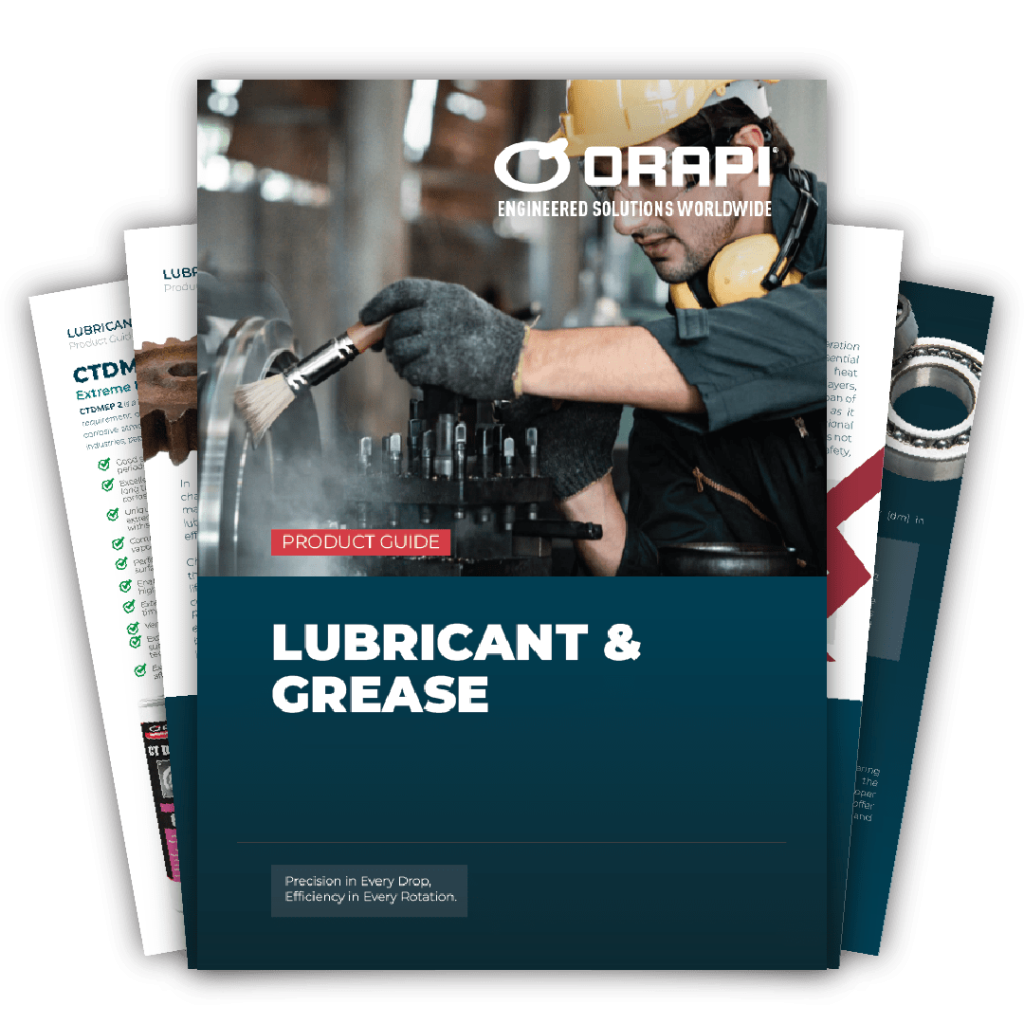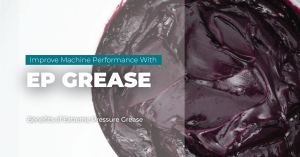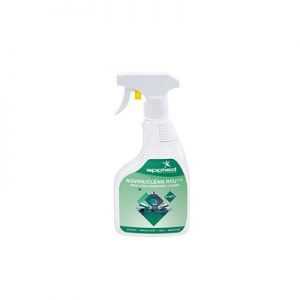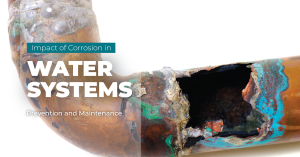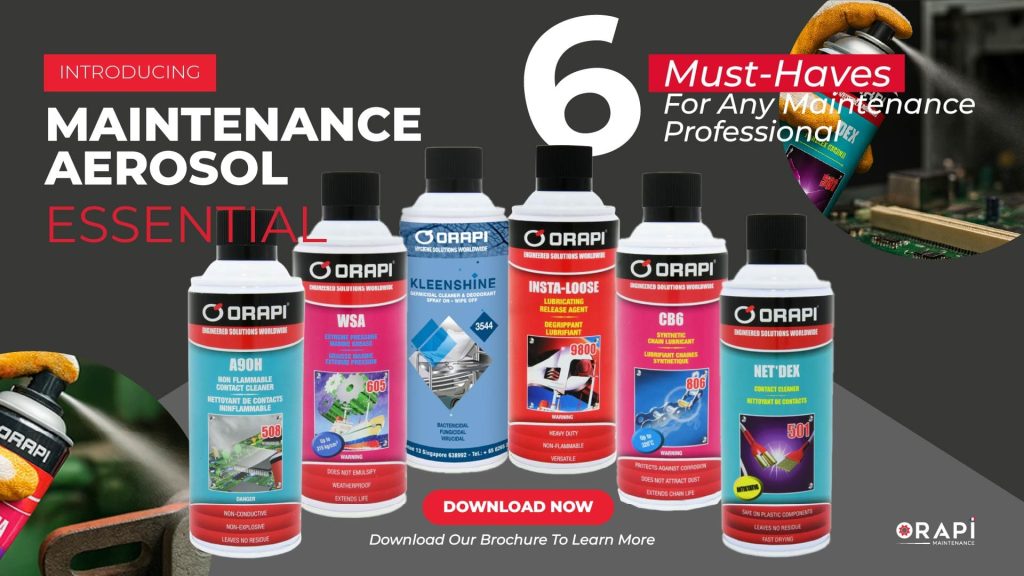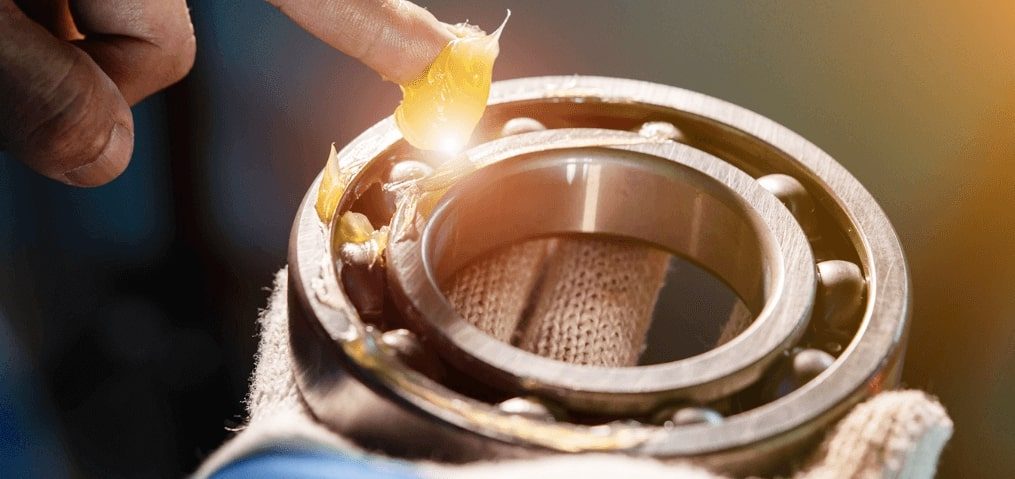
The efficient functioning of bearings is crucial for upholding the upkeep of industrial equipment. Failures in bearings often stem from insufficient bearing lubrication, with more than half of these failures arising from either excessive or insufficient application of grease or oil. Effective maintenance goes beyond mere lubrication; it entails the precise application of the appropriate type and quantity of lubricant at the correct intervals and using proper methods.
Common Causes of Failure in Bearing Lubrication
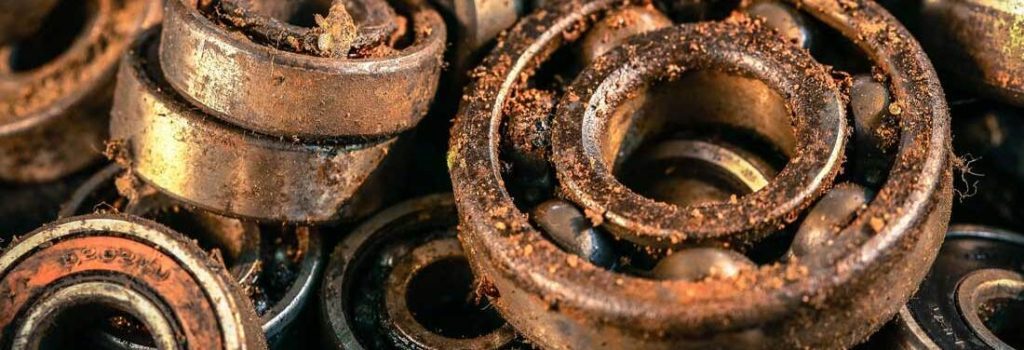
Tips for Bearing Lubrication
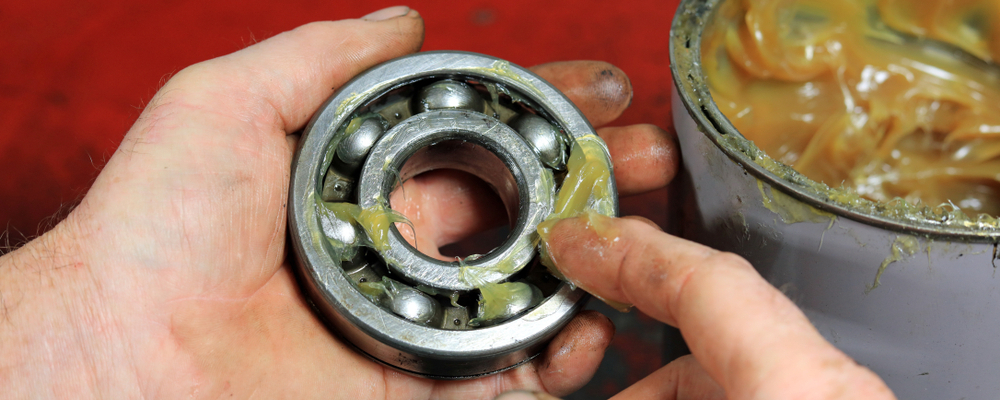
Develop a Lubrication Program
Implementing a comprehensive lubrication program is essential for maintaining optimal performance and longevity of bearings. This program should include detailed guidelines for selecting the appropriate lubricants based on factors such as bearing type, operating conditions, and environmental factors. Additionally, it should outline the frequency and method of lubrication application, considering the specific needs of each component within the machinery. Providing adequate personnel training ensures that lubrication tasks are performed correctly and consistently, reducing the risk of premature bearing failure.
Smart Labelling and Storage
Proper labelling and storage of lubricants are critical to prevent cross-contamination and ensure the correct lubricant is used for each application. Implementing a labelling system that identifies the type, grade, and expiration date of lubricants helps avoid confusion and minimises the risk of using the wrong lubricant. Additionally, storing lubricants in clean, climate-controlled environments protects them from contamination by dust, moisture, and other contaminants that can compromise their effectiveness.
Utilise Ultrasound Monitoring
Integrating advanced ultrasound monitoring technology into maintenance practices enables early detection of bearing issues, allowing for timely intervention before serious damage occurs. Ultrasound software can detect abnormalities such as friction, wear, and lubrication deficiencies, providing valuable insights into the health and performance of bearings. By proactively monitoring bearing condition, maintenance teams can schedule preventive maintenance activities more effectively, minimising downtime and optimising machinery performance.
Balance Lubrication
Finding the right balance between over-lubrication and under-lubrication is crucial for preventing bearing failure. Over-lubrication can lead to excessive heat build-up, increased friction, and premature wear, while under-lubrication can result in insufficient lubrication film thickness, leading to metal-to-metal contact and accelerated wear. By following manufacturer recommendations and conducting regular lubrication audits, maintenance teams can ensure that bearings receive the correct amount of lubrication for optimal performance and longevity.
Handle and Store Bearings Correctly
Proper handling and storage of bearings before installation are essential to prevent damage and contamination. Keeping bearings in their original packaging protects them from dirt, moisture, and other contaminants during storage and transportation. Additionally, storing bearings in clean, dry environments minimises the risk of corrosion and ensures they remain in optimal condition until they are ready to be installed.
Use Specialist Tools
Employing specialised tools designed for bearing maintenance simplifies installation and removal while minimising the risk of damage to bearings and surrounding components. Tools such as bearing pullers, induction heaters, and hydraulic presses enable maintenance teams to perform tasks safely and efficiently, reducing the likelihood of costly errors and downtime.
Inspect Housing and Shaft
Before mounting bearings, inspecting the housing and shaft for signs of damage, wear, or contamination is essential. Cleaning the mounting surfaces and ensuring proper alignment and fitment are critical for maximising bearing performance and lifespan. By addressing any issues with the housing and shaft before installation, maintenance teams can prevent premature bearing failure and avoid costly repairs down the line.
Benefits of Lubrication for Bearings & Components
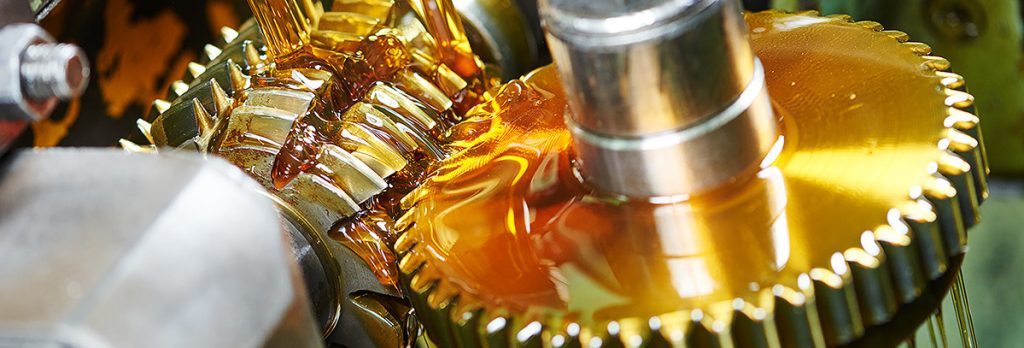
Rust Prevention
Adequate lubrication shields bearings from oxidation, corrosion, and sludge accumulation caused by high temperatures and moisture, ensuring smooth operation and prolonged lifespan.
Corrosion Resistance
Properly lubricated bearings create a protective barrier against corrosive elements such as water and salt, preventing the development of rust and corrosion that can lead to system failure over time.
Contaminant Protection
Lubrication acts as a barrier against contaminants and organic debris, safeguarding bearings from damage caused by foreign particles infiltrating the system through compromised seals.
Friction Reduction
Lubricants and grease minimise friction between bearings and adjacent components, mitigating heat generation and preventing premature deterioration of bearings and seals due to excessive friction.
Wear Reduction
By separating moving parts and dampening vibrations, lubrication helps minimise wear and tear on bearings, ensuring optimal performance and extending the operational life of machinery.
Structural Stability
Lubricants not only facilitate maintenance but also contribute to the structural integrity and reliability of bearings by supporting them under various loads and stabilising their overall structure.
Factors Affecting Lubrication of Bearings

Viscosity Base Oil SUS @ 40°C
This indicates the viscosity of the base oil at a standard temperature of 40°C. Viscosity is vital because it determines the lubricant’s ability to form a protective film between moving parts, reducing friction and wear.
NLGI Grade
The NLGI (National Lubricating Grease Institute) grade indicates the consistency of the grease. It ranges from 000 (very fluid) to 6 (very stiff). The NLGI grade influences the grease’s ability to stay in place and provide adequate lubrication under various operating conditions.
Drop Point
The drop point is the temperature at which grease changes from semi-solid to liquid. It’s essential in high-temperature applications where the grease needs to maintain its structure to provide continuous lubrication.
Four Ball EP (Extreme Pressure)
Load Wear Index
This measures the wear protection properties of a lubricant under extreme pressure conditions. A higher load wear index indicates better protection against wear.
Weld Point
The highest load at which the lubricant film prevents metal-to-metal contact under extreme pressure conditions defines this parameter. It reflects the lubricant’s capacity to endure high pressures without experiencing failure.
Wear, Scar Diameter (mm)
The size of the scar or wear mark on the test balls after the extreme pressure test serves as a measure. A smaller scar diameter suggests superior wear protection.
Operating Temperature Range
The specified range of temperatures within which the lubricant can effectively operate is crucial. Ensuring the lubricant remains stable and provides adequate lubrication across the entire temperature range experienced by the bearing is essential.
Max Operating Speed
This indicates the maximum rotational speed at which the lubricant can effectively lubricate the bearing without causing issues such as overheating or inadequate lubrication. It’s essential to match the lubricant’s speed capability with the bearing’s operating speed to prevent premature failure.
Conclusion: Bearing Lubrication
In conclusion, bearing lubrication is paramount for maintaining the efficiency and longevity of industrial equipment. Failures often result from inadequate lubrication, emphasising the need to apply suitable lubricants precisely. A comprehensive lubrication program, including smart labelling, ultrasound monitoring, and proper handling, ensures optimal performance. Benefits include rust prevention, corrosion resistance, and wear reduction, enhancing structural stability and reliability. Understanding factors such as viscosity, NLGI grade, and operating temperature range is crucial for selecting the proper lubricant. By prioritising effective lubrication practices, industries can mitigate risks, extend equipment lifespan, and optimise operational performance.
